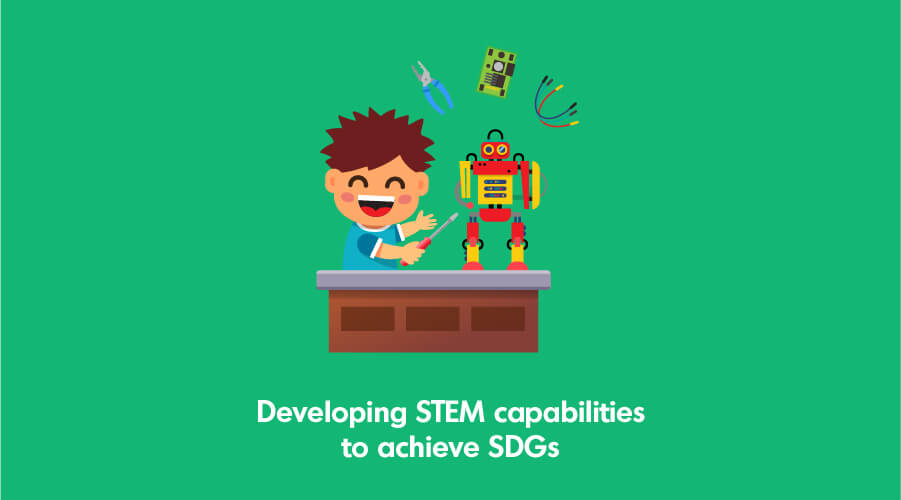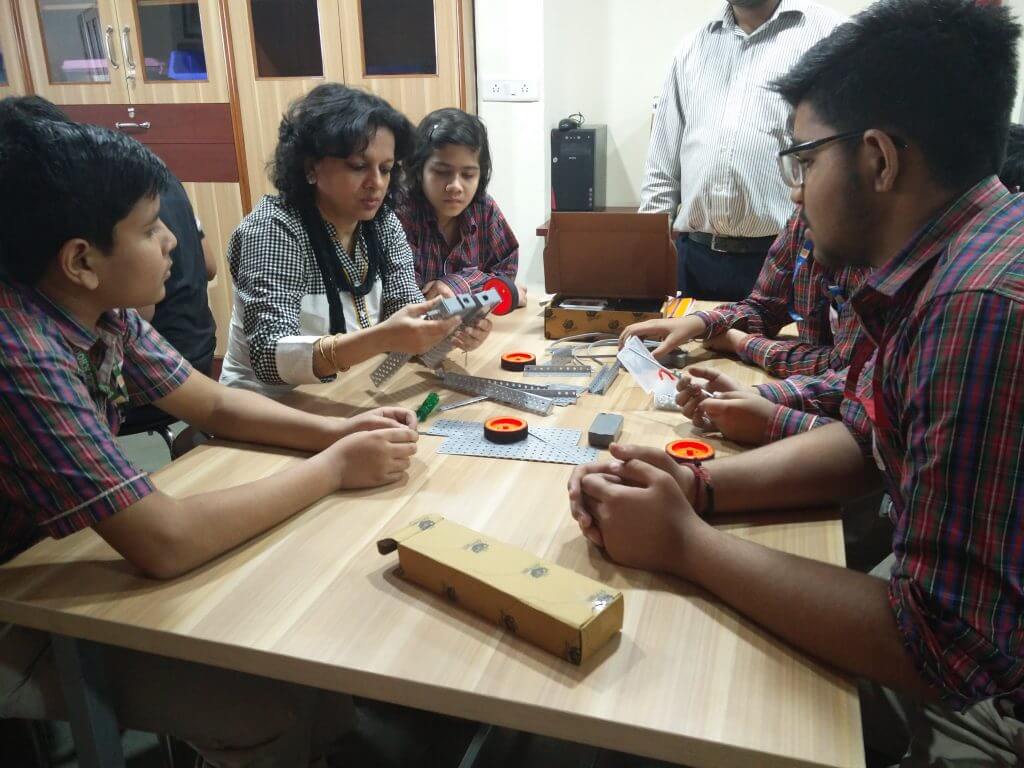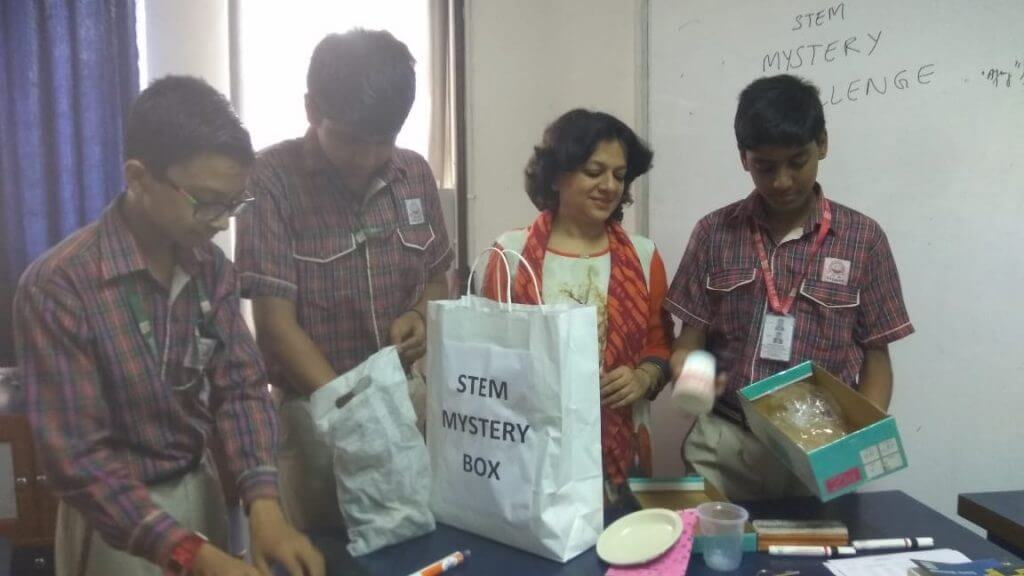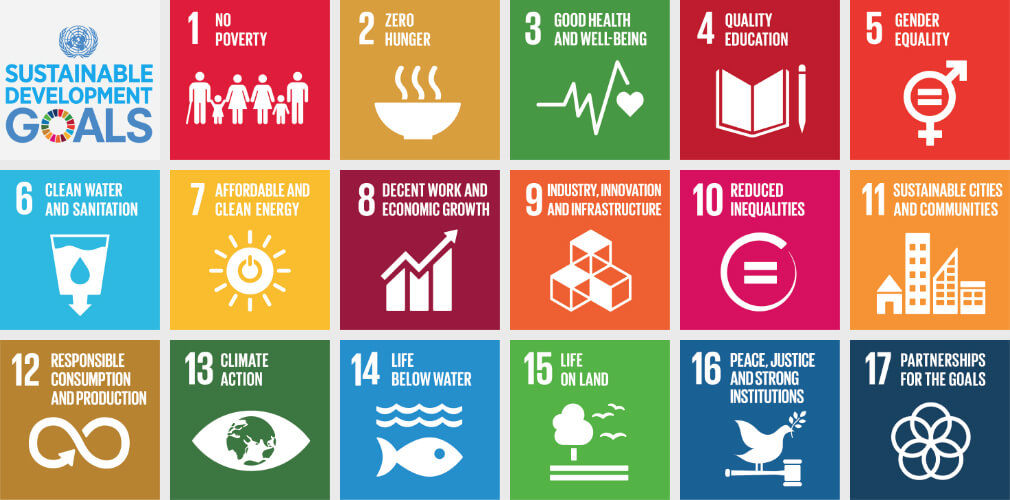
Today, the world is facing a truly daunting set of challenges. We have an alarming climate situation; 10% of the world’s population still lives in extreme poverty; 800 million people go to bed hungry every night; Income inequality is at an all-time high; with the world’s richest 1% have the same level of wealth as the other 99%; almost 850 million people – 1 in 10 – don’t have clean water, and 2.3 billion – 1 in 3 – don’t have a decent toilet. On an average, a country produces around 64 million tons of waste each year, with around 1.3 million tons ending up in the ocean. Around 103 million youth worldwide lack basic literacy skills, and more than 60 percent of them are women. Who is responsible for these inequalities/ irregularities existing in today’s world?
The answer is that we ourselves are responsible for all the major problems the world is facing today. Although the United Nations has adopted the Sustainable Development Goals (SDGs), also known as Transforming Our World: the 2030 Agenda for Sustainable Development, it is not enough. This is a set of 17 “Global Goals” and 169 targets with a vision to solve the problems by 2030 and embody a roadmap for progress that is sustainable and leaves no one behind. To achieve this vision, we need to create clear pathways to engage the young generation. Early exposure to global issues increases the students’ cultural sensitivity, helps them to act as social change agents and equips them with the tools necessary to become productive global citizens in adulthood.
Teachers and students together can be a powerful force for achieving the UN’s vision of a more peaceful, healthy, and equitable world. We must encourage students to be active participants in their local and global communities and understand the unique challenges communities are facing all over the world.
I have started many programs in my school to help my students to learn and explore global issues and to bring positive changes, in both big and small ways.
The goal most precious to me is goal number 4 i.e. Quality Education. I strongly advocate that quality education is the foundation for improving people’s lives and sustainable development.
Being a STEM educator, I believe that every student needs to develop STEM capabilities to succeed in the new information-based and highly technological society. However, the high cost of STEM kits and lack of infrastructure makes it impossible for every student to learn these skills.
To overcome these problems, I started the “Robotics Through Waste” campaign in my school. I inspired my students to start making small robots using waste material like bottle caps, straws, ice cream sticks etc. I also actively conduct Robotics sessions through Skype with other schools. In these sessions, I encourage my students to teach students of other schools how they can make basic robots using waste material like bottle caps, straws, sticks etc. Peer-to-peer teaching helps students to cultivate teamwork, collaboration, communication, management, and interpersonal skills. As students worked together in groups, they shared information and came to each other’s aid.

The impact is no less for the students being taught. They see in their peers’ role models with similar experiences and concerns, who can affirm them and also push them to reach higher. We are trying to reach every remote area of India to ignite the spark of robotics in each and every child.
We also conducted a Robotics workshop for students with special needs at Amar Jyoti school. As part of our social Initiative, I have undertaken the task of providing ICT education to children of nearby government schools. We are trying to foster basic IT and STEM skills in them.
We have also conducted Skype sessions with students from the Kakuma Refugee camp in Kenya. Some students of the Robotics club demonstrated the construction of a simple robot using waste material. The students from Kenya under the guidance of Mr. Sixtus Odumbe, an MIE educator, truly enjoyed the session and were happy to see the end product, a robot car made of empty plastic bottle caps, straws, and ice cream sticks.
The school has also gifted a few Robotics Kits to the students of Kakuma Refugee camp so that they may build the simple Robot on their own. Our story has been published on Project Kakuma website. The link for the same is as below:
http://projectkakuma.com/robot-cars.html
My mission “Robotics for All” is to further spread Robotics education to every small town to ignite the spark of robotics in each and every child of this world.
Let us start building a framework to couple SDG’s with pedagogies and involve students in local and global change making. Although it is not possible to bring a big transition in one day, slow and steady actions will make us more likely to succeed and ultimately lead to significant change.
“You may not always have a comfortable life and you will not always be able to solve all of the world’s problems at once but don’t ever underestimate the importance you can have because history has shown us that courage can be contagious and hope can take on a life of its own.” Michelle Obama.
An interesting icebreaker to introduce students to STEM would be a Mystery Bag Challenge.
The STEM Mystery Bag Challenge
 I divided my students into groups, with 3-4 students in each group. Each group was given a STEM Mystery bag which contained things like pom-pom balls, ice-cream sticks, paper cups/plates, paper clips, bottle caps, waste water bottles, thread, rubber bands and some basic tools like scissors, scale, stapler etc. Each group was asked to make something innovative using the material available to them. They were also encouraged to write at least one thing they could not achieve due to time and material constraints.
I divided my students into groups, with 3-4 students in each group. Each group was given a STEM Mystery bag which contained things like pom-pom balls, ice-cream sticks, paper cups/plates, paper clips, bottle caps, waste water bottles, thread, rubber bands and some basic tools like scissors, scale, stapler etc. Each group was asked to make something innovative using the material available to them. They were also encouraged to write at least one thing they could not achieve due to time and material constraints.

It’s important to make our students active creative thinkers and problem solvers. The process of problem-solving encourages creative expression of learning, which helps them become inquisitive and also take responsibility for their knowledge.






As a science teacher I love this article and will definitely use the method of mystery bag in STEM workshops.I love the idea of making robots with simple materials and also loved that corage is a contagious and in real terms I loved the concept of quality education which is a great approach in teaching and learning practices.
STEM and robotics education sparks curiosity, problem-solving, and innovation, essential for quality education.
We need our students to be resilient and critical thinker that will help them for their further growth.
STEM programs make learners innovative and critical thinkers
Developing STEM capabilities to achieve SDGs is the need of the hour. Every student should be allowed to reach SDGs through their learning.
I liked this post. STEM helps students to cultivate teamwork ,collaboration and interpersonal skills. I liked the activity Mystery bag challenge and shall incorporate with my students. This activity will help students to be creative and innovaters.